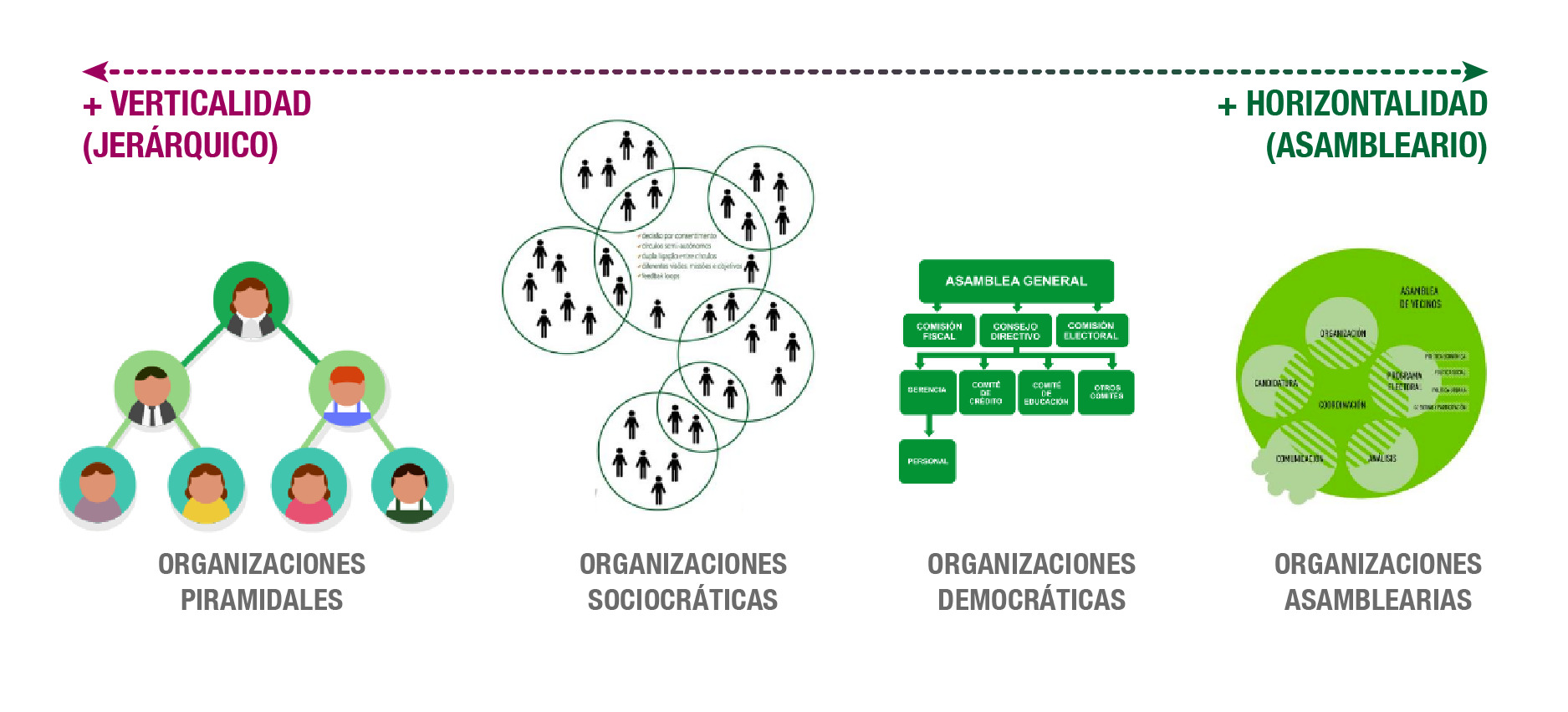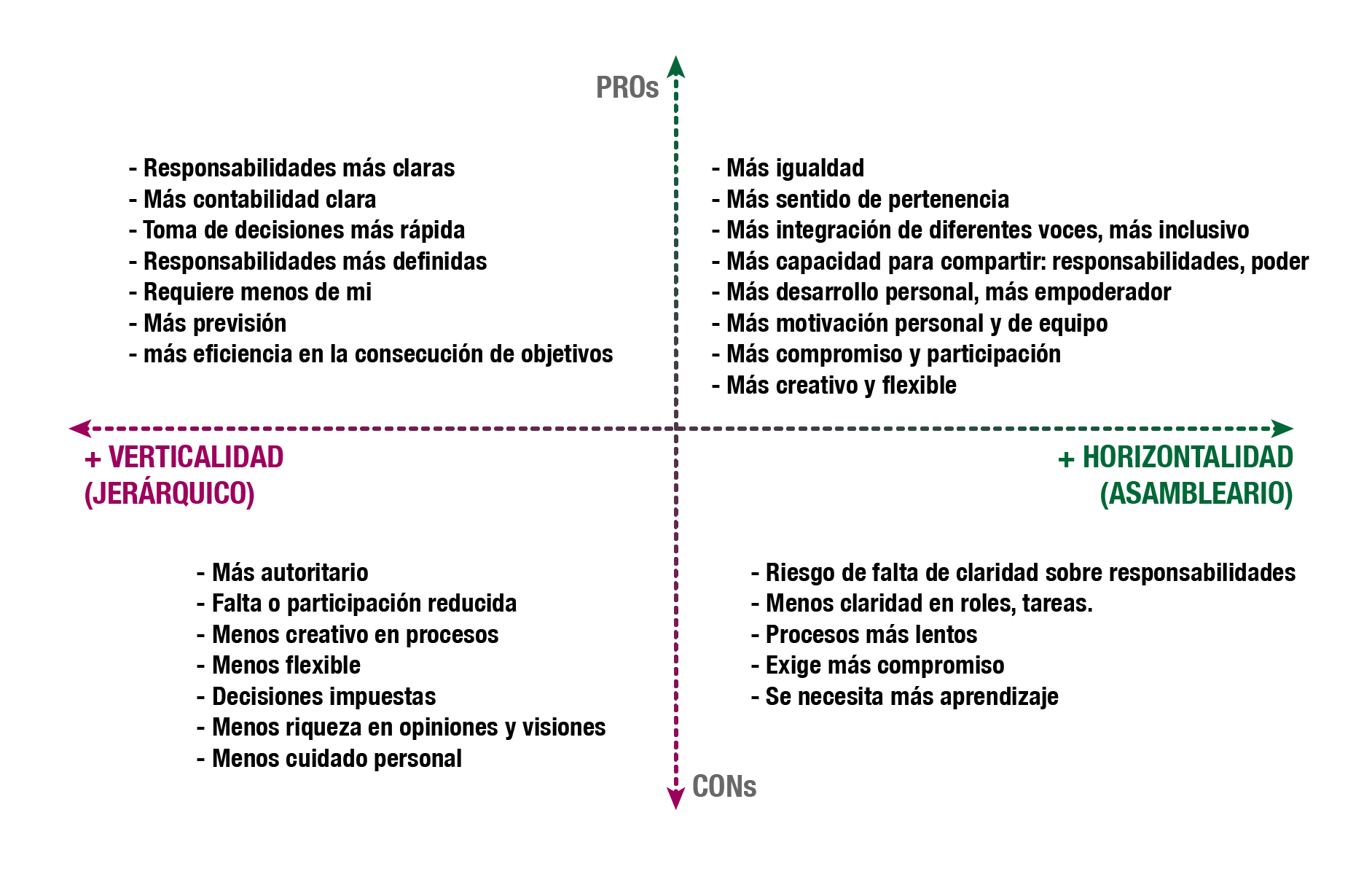Democratic governance system 03
Governance is the way in which society or groups within it organize themselves to make decisions. It determines who has the power, who makes the decisions, how other players make their voices heard, and how the account is rendered. Governance has often been defined in the context of the exercise of state power. Rather than politicize the concept, the International Labor Organization here defines governance as the exercise of institutional authority to determine the use of resources in the conduct of a society’s affairs. This definition implies that governance occurs in social organizations of all shapes and sizes and in private, public, for-profit and non-profit organizations. The foundation of governance is normally to ensure that an organization produces valuable results and,
According to the UN concept (2009), good governance is supposed to be characterized by the following eight basic characteristics:
- participative
- consensus oriented
- explicable
- transparent
- sensible
- effective and efficient
- equitable and inclusive
- follow the rule of law
We can characterize the exercise of good governance by the following components:
A- ORGANIZATIONAL STRUCTURES:
There is a diversity of organizational structures that are determined by issues such as: how power is distributed, how responsibility is exercised among the people who participate in the organization, how the accounts are presented and what types of transparency mechanisms exist. Based on these factors, a range can be defined from more vertical or pyramidal organizations to more horizontal organizations.

In this range of organization typologies, there are a series of pros and cons depending on whether the model is more vertical or more horizontal:

Capitalist companies are commercial enterprises that aim to earn profit from their activities to distribute to members. In general, there are three forms of ownership in these businesses: sole proprietorships, partnerships, and corporations. While a sole proprietorship is a business owned by one person, a partnership is a business owned by at least more than one person. Corporations are legally constituted companies that are owned by shareholders who buy company shares or shares in the capital markets.
Unlike capitalist companies, however, most SSE organizations operate on collective and democratic principles that result in the prevalence of self-management and collective management as opposed to hierarchical management. Hierarchical management is also included in some SSEO. However, open and voluntary membership and democratic leadership in these organizations reduce the hierarchy to a mechanism for sharing information rather than issuing commands or orders.
B- PARTICIPATION AND DECISION-MAKING:
Collective ownership and democratic governance are typical of most SSE organizations around the world, with the exception of a few social enterprises. Such ownership and governance allows members (and sometimes workers, users, and beneficiaries) to participate in decision-making on an equitable basis.
However, the degree of participation varies widely depending on the type of organization and the context of operation. For example, some organizations may weight member votes, not only to reflect the different degrees of activity of group members, but also to recognize the differences between them in terms of number of base members. Some organizations may be more democratic than others.
Unlike private companies, where shareholders vote based on their share of the company’s capital, member votes in ESSs are equal. Members rely on negotiated and reciprocal rules that rely on collective action and social control to carry out their activities. This essentially helps to establish a more or less flat leadership structure that de-emphasizes hierarchical authority in governance and management. This model is known as self-management and is mainly used in small SSE organizations. Examples include worker cooperatives, mutuals, associations, social enterprises, and community organizations. In this management model,
Hierarchical management is typical in capitalist companies (or even in the public service) where a lay board of directors provides policy and leadership, and management is responsible for the day-to-day running of the company. This form of management is also slowly emerging in the SSE, with governance models that combine horizontal and vertical characteristics such as Sociocracy. Hierarchical management in the SSE may result from demands for efficiency and competitiveness, while in some cases it is a response to the legal environment of organizations.
We can distinguish the following decision-making methods:
- Consultative: The person or group that is going to make the decision consults the opinion of other people (who can be people affected by that decision, experts, people with experience…) and then makes the decision taking these consultations into account but with autonomy. (Suitable for operational and organizational decisions with some significance within the group or that affect more people).
- Authoritarian: a person or group simply makes a decision without consulting. (Suitable especially in extreme situations, when quick decisions are needed).
By delegation: The decision is derived from another person or group (Suitable for issues in which the group or person has little experience, lack of knowledge, or simply the confidence that said group or person will make the best decision on the issue at hand) . ) - Multiple winner: when the options are varied and there is no reason to choose only one. They are not exclusive. For example, when prioritizing the actions to be developed. Each person has a number of points and distributes them among the options they consider. At the end, the points of the options are added up and it is decided based on which ones have the most points.
- Unanimously: The decision is made when everyone agrees.
- By majority: the decision is made based on the position of the majority. It can be: Simple (half plus one) or Qualified (necessary 2/3 or 3/4 favorable votes to make the decision.
- Consensus: It is a decision-making process that seeks to resolve conflicts peacefully and cooperatively develop decisions that all people can support. That is, the decision that all people can accept as their own and commit to it.
- By consent: It means that there are no objections other than those motivated by reasonable arguments. Therefore, no decision is made if one of the circle members objects with a reasonable argument.
C- RESPONSIBILITY AND TRANSPARENCY:
This refers to the function of collecting, compiling, reporting and archiving the activities and resources of an organization. The information generated by this function helps people in governance and management roles make informed decisions. In private organizations, this information is not only important for internal use, but also for outsiders: investors, bankers, creditors, and employees have a vested interest in the financial health of the company. Consequently, the accounting function is essential to control the resources and activities of private organizations.
Accounting practices vary across ESSs. While large, relatively formalized organizations use international accounting standards to generate, report, and maintain information about the organization’s resources and activities, smaller, less formalized organizations do not. Those organizations use basic bookkeeping, in which an individual or an organization records financial transactions such as sales, purchases, income, and payments. Some organizations even rely on individual memory to generate and report information about their resources and activities. This variation in accounting processes is due in part to the regulations (or lack of regulations) of these organizations.
As in capitalist companies, the members or owners of SSE organizations mainly monitor the performance of their organizations; however, monitoring practices vary across different forms of organization and regions of the world. In some cases, where mutualist and solidarity traditions emphasize empowerment and equality, all members directly monitor the activities of their organizations as part of their work processes.
One of the ways that the ESS have to evaluate these practices is through the social balance promoted by REAS Red de Redes, an annual self-assessment tool based on the 6 principles of Solidarity Economy, key to transparency and commitment to improvement. of the organizations.
